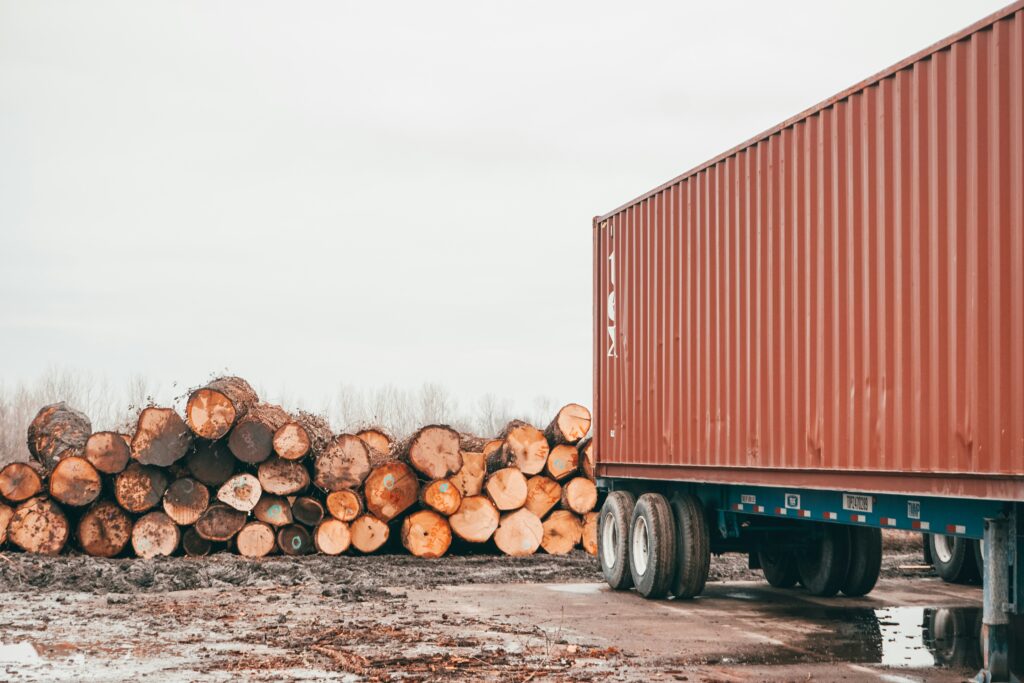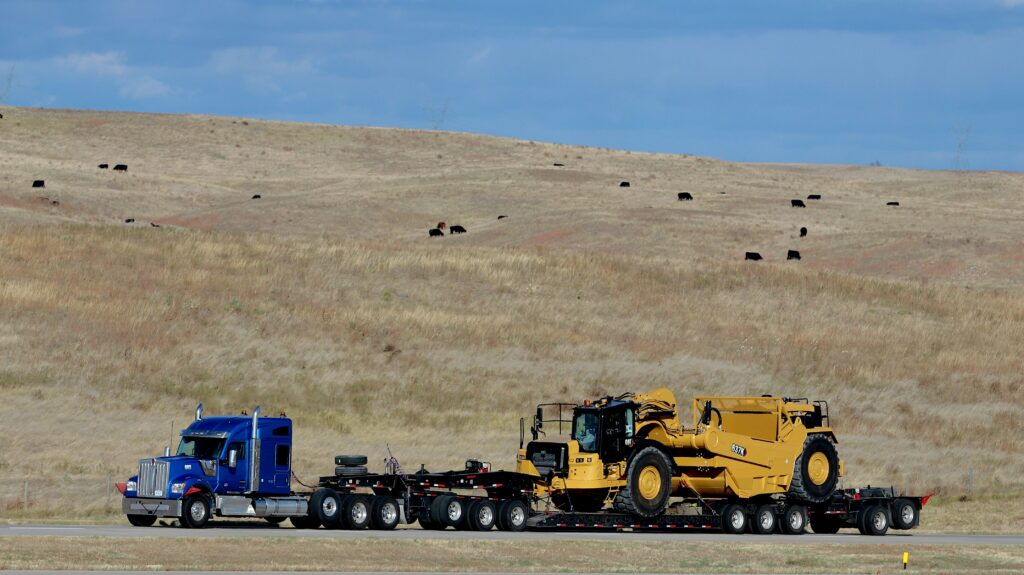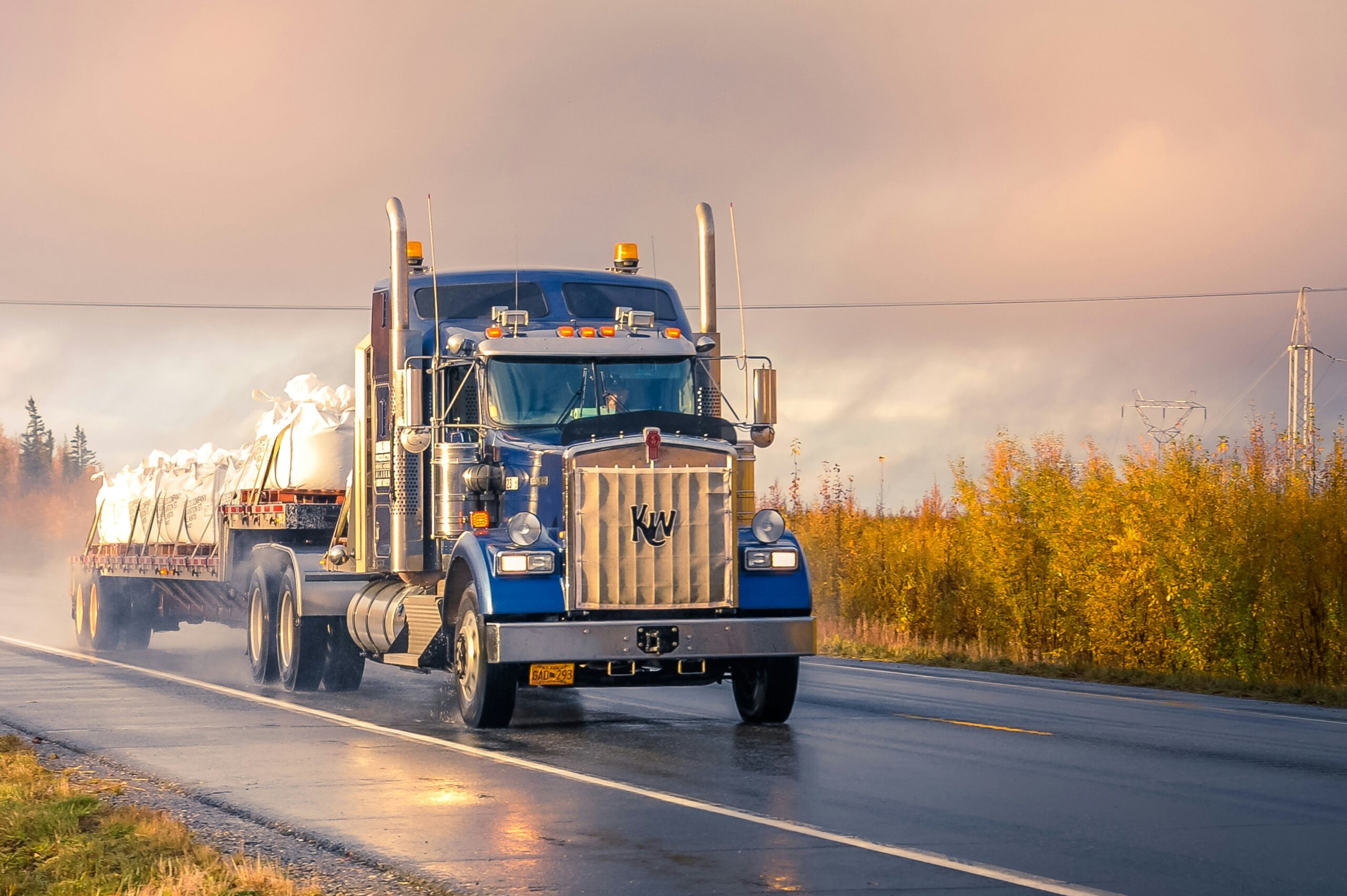Understanding the Basics of Dry Van and Flatbed Trucking
When considering dry van trucking and flatbed trucking, it’s essential to appreciate their distinct functionalities and applications. Dry vans, essentially enclosed trailers, excel in transporting goods that require protection from environmental elements HMD Trucking recognizes that they are the go-to choice for retail products, electronics, and perishable goods, offering a secure and versatile transportation solution. For example, in 2022, dry vans accounted for nearly 60% of all trucking freight in the U.S., highlighting their popularity in the logistics industry.
On the other hand, the flatbed truck is open and flat in nature, suited for very oversized or irregularly shaped cargo, such as construction materials, heavy machinery, and what have you. Flatbeds have exceptional versatility; they can handle a weight capacity of 48,000 pounds and often reach lengths from 48 to 53 feet. On a personal note, flatbeds were used as the lifeline for steel beams during the major infrastructure development process due to ease of loading without restriction of height.
It’s mainly a matter of your cargo needs. If the protection of cargo from weather elements is your main concern, then dry vans are the way to go. If you need flexibility in load dimensions and quick access, flatbeds are your best shot.
Key Differences in Cargo Types and Load Capacities
Dry van and flatbed trucking serve different cargo types, which again-to a great extent-helps you make your choice. Dry vans tend to fare better with palletized, boxed, or otherwise contained goods that fit within the confines of their interior dimension, usually about 53 feet in length, 8.5 feet in width, and 9 feet in height, with a load capacity up to 45,000 pounds. On the other hand, flatbeds are the champions of unconventional freight. Consider the case in 2021 of an arts company that needed to haul a 20-foot tall sculpture: a flatbed truck was indispensable for accommodating the height and securing the piece with precision. In the end, understanding these nuances will help align your specific cargo needs with the right trucking solution.
Cost Factors to Consider: Breaking Down the Costs of Each Trucking Method
- Trailer Rental and Purchase: The dry vans represent higher availability that in most cases comes up with competitive rental rates. Flatbeds are costly since they are highly specialized, sometimes coming up with a very limited supply.
- Fuel Efficiency: By design, the dry van allows for greater fuel efficiency given its shape to cut through winds, which a flatbed is designed to resist on account of openness. In sum, there will indeed be recognizable differences over very long hauls.
- Insurance Premiums: Insurance for flatbeds can be higher, as the goods to be transported are exposed to most elements of weather and possibilities of theft/damage. In addition, the loading and unloading process, though flexible on the type of load that a flatbed may carry, sometimes involves extra equipment or labor in securing a load.
Safety and Security: Protecting Your Freight
When considering the issue of safety and security of your freight, the choice between dry van and flatbed trucking is a question of weighing the particular merits of each method. Due to their completely closed nature, dry vans are excellent at shielding cargo from meteorological factors and theft. In fact, in one study conducted in 2023, cargo loss due to theft was 30% less when compared to the usage of flatbeds; therefore, this provides an edge in security over others. If your freight consists of high-value electronics or goods that may easily get damaged, the locked and weatherproof environment inside a dry van is a must.
On the other hand, flatbed trucking is a business where not an inch is left to afterthought in the name of safety, usually with special securing equipment, including tarps and straps. For oversized industrial machinery, the load is custom-rigged for stability in transit. All these notwithstanding, the flatbeds offer flexibility like no other for unconventional loads. Recently, in a survey about logistics, 40% of the responding entities declared the need for seasoned operators who appreciate the dynamics of a load; incidents of shifting cargo were relatively low. All these safety concerns go a long way in aligning your transportation choice with the security needs of your freight.
Efficiency and Speed: Comparing Delivery Times
Where the efficiency in delivery times is compared between dry van and flatbed trucking, a number of factors will start to play into your logistics strategy quite significantly. Dry vans represent streamlined operations, most often on a regular delivery schedule, which allows times of transit to be fairly predictable due to their enclosed design. On the contrary, the normal cargo being much present on the roads, and its being involved in about 70 percent of U.S. intercity freight shipments, turns into an equivalent of quick planning of routes without delays. For these reasons, a flatbed can be much less predictable because increased preparation time can be needed for wrapping those kinds of irregular freight with a tarp or chain. Besides this, there are often routing restrictions based on the dimensions of the load, which add detours to the route and increase travel time. For cargoes such as heavy machinery, which cannot, by their design, utilize a dry van, the capability of the flatbed to offer direct delivery without the need for intermediate handling represents a form of efficiency in its own right.
Ultimately, delivery speed will be optimized largely by how well cargo type and route complexity match the strengths of each style of trucking.
Environmental Impact: Carbon Footprint Considerations
Looking into the environmental impact of dry van versus flatbed trucking, carbon footprint considerations are at the forefront. Dry vans, being enclosed and more aerodynamic in design, usually offer better fuel efficiency compared to their flatbed counterparts. For instance, one recent 2023 report showed that the dry van trucks generally consume 15% less fuel on average, with significantly reduced carbon emissions over long distances. On the other hand, flatbeds have higher aerodynamic drag that increases fuel consumption. In turn, they can reduce emissions by optimizing routes and covering shorter distances with direct deliveries. Ultimately, the right trucking method can achieve sustainability goals by finding a balance between load type, route efficiency, and fuel consumption.
Industry Trends: What’s Happening Now and What to Expect

The year 2023 is seeing some sea changes in the trucking industry that are rewriting the dry van and flatbed trucking sectors. Key trends involve the integration of technology, where about 75% of the logistics companies now use fleet management software to improve load tracking and delivery accuracy. This technological change is very important for dry vans, increasingly fitted with IoT sensors that monitor conditions inside the trailer, highly important for sensitive cargo. Meanwhile, flatbed trucking is embracing innovations in tie-down mechanisms like automated tension systems that can streamline loading processes by 20%, increasing turnaround times.
The future strategies are being driven by sustainability, looking ahead. Flatbeds have been traditionally more polluting, but improvement in their environmental credentials is at work. Industry leaders also forecast that starting in 2025, there will be more hybrid flatbed models, which may reduce fuel consumption up to 10%. Decisions between dry van and flatbed will not be dependent only on cargo needs but also by the new emerging trend that customers require.
Making the Decision: Assessing Your Particular Needs
You have to determine whether dry van or flatbed trucking will suit your needs first by considering the dimension of your cargo, its weight, and susceptibility to elements. If you’re moving fragile electronic goods worth $500,000, then a dry van provides the enclosed environment best for this merchandise. On the other hand, moving an 18-ton crane part is comfortably managed by a flatbed in both size and weight without fuss, since, as indicated in a 2022 logistics report, 34% of the construction load does favor flatbeds. Accessibility, too-think about how if the delivery point has overhead restrictions, dry vans will be limited. Match your decision against these points so that not only efficiency but also safety while in transit go together.
Conclusion: Choosing the Correct Trucking Option for Your Shipment

The choice of the right trucking method, whether dry van or flatbed, lies in fully understanding the requirements and logistical constraints of your cargo. Dry vans are ideal for cargo that requires protection from environmental elements and theft; thus, they are ideal for electronics and retail products. Their prevalence ensures reliable schedules and efficient route planning, further enhanced by technological advancements like IoT sensors.
By contrast, flatbed trucking offers versatility in the transportation of oversized or irregularly shaped cargo, like construction materials or heavy industrial machinery. Although insurance and operational costs for flatbeds are higher, flatbeds have no equal in flexibility and efficiency of direct delivery for unconventional freight.
Apart from that, there is fuel efficiency and permits to consider. With the trends of sustainability affecting the industry, it’s important that your choice also considers environmental goals. By considering all these factors, you’ll be able to optimize your shipping strategy for safety, cost, and time-to-market, best suited to the needs of your cargo.

No responses yet